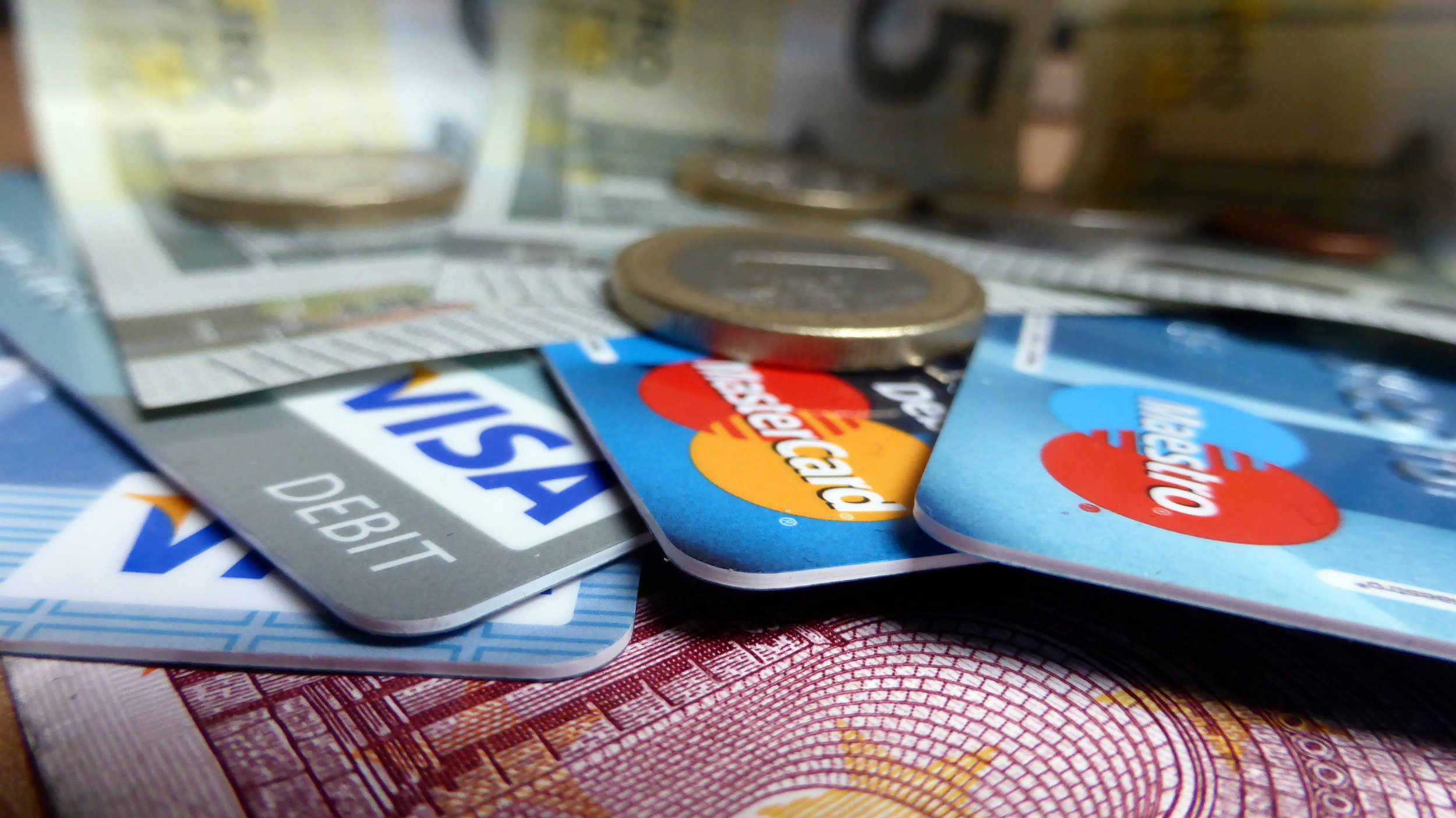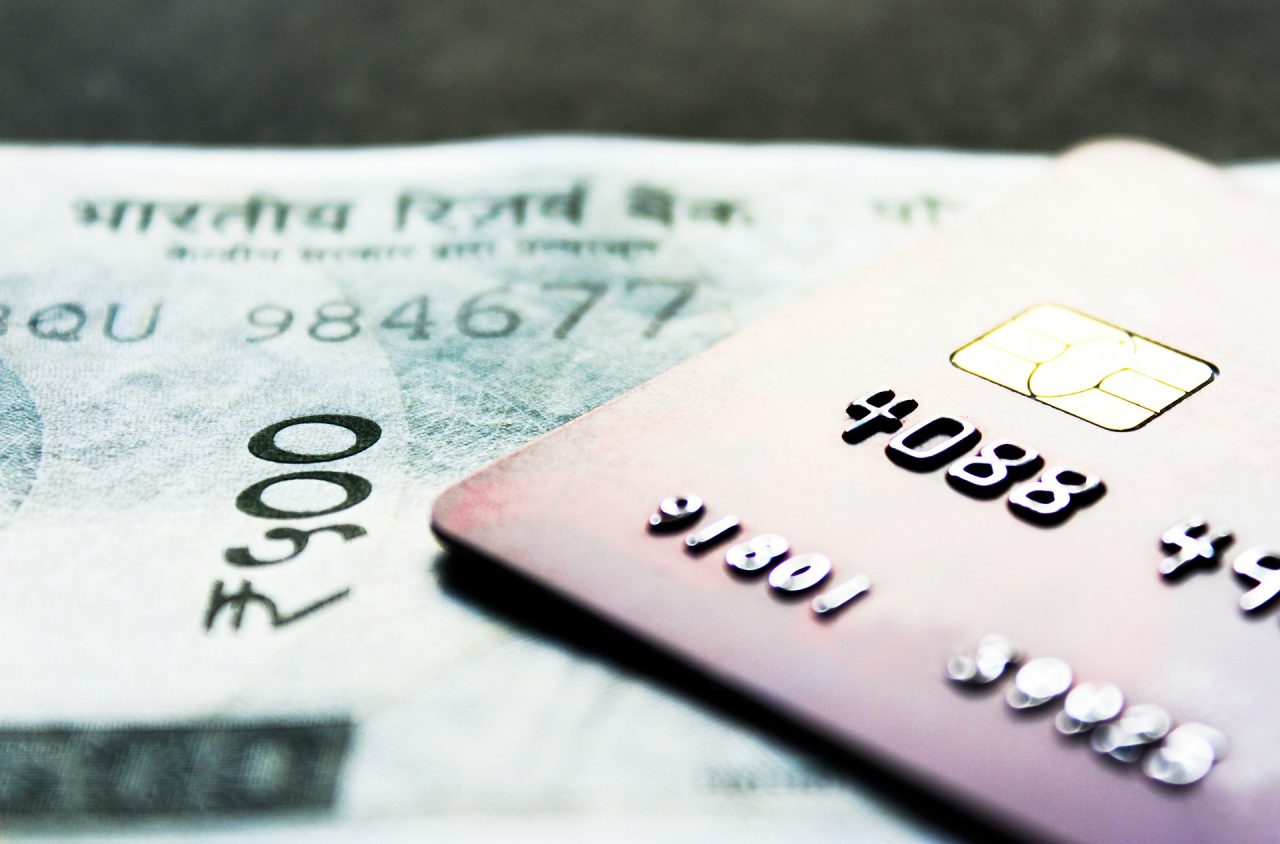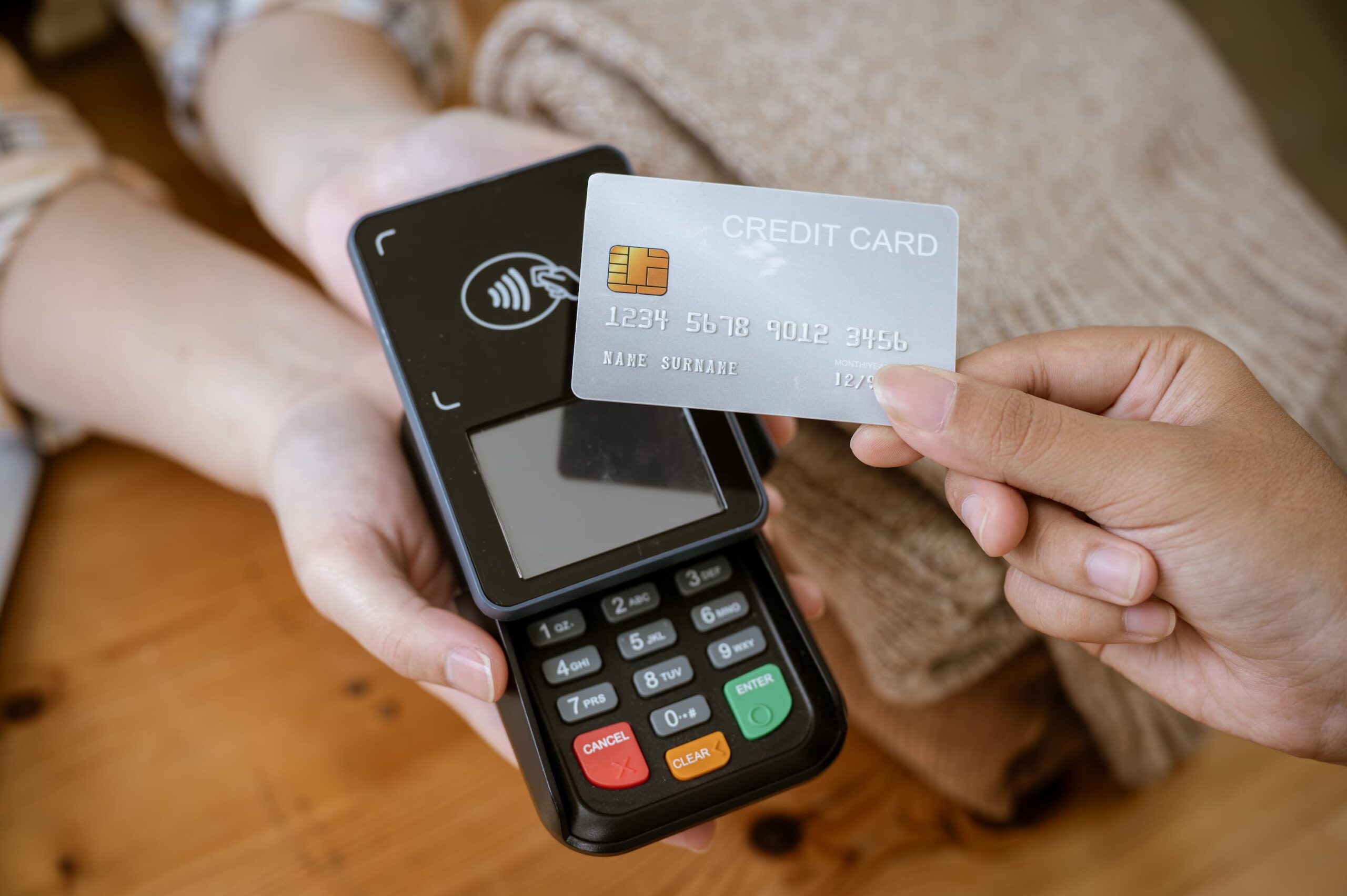Chargebacks are a major headache for any business. Anytime anyone decides to dispute their purchase with a credit card company, the sale is reversed and charged back to the merchant, leaving them out of pocket. If you have been wondering how to reduce chargebacks in your business, read on for some practical tips.
What Are Chargebacks?
A chargeback occurs when a customer disputes a transaction with their bank or credit card issuer. If the dispute is deemed valid, the funds are taken back from the merchant’s account and returned to the customer. This can happen for various reasons and could lead to lost revenue, potential fees, and increased operational costs for businesses.
Why Do Chargebacks Happen?
Understanding the reasons behind chargebacks is the first step in preventing them. Here are some common causes:
- Customer Dissatisfaction: Issues with product quality, inaccurate descriptions, or poor customer service can lead to disputes.
- Billing Errors: Mistakes in charging the wrong amount, duplicate charges, or unauthorized recurring billing can result in chargebacks.
- Fraudulent Transactions: Criminals using stolen credit card information will often lead to chargebacks.
- “Friendly Fraud”: This occurs when a customer makes a legitimate purchase but then falsely claims they didn’t receive the goods or services to get a refund.
- Shipping and Delivery Problems: Delays, damaged goods, or non-delivery can prompt customers to file a dispute.
Can You Stop Chargebacks?
While it’s impossible to eliminate chargebacks entirely, you can take significant steps to minimize their occurrence. With a proactive approach and by addressing the common reasons why they happen, you can significantly reduce their impact on your business.
4 Practical Tips to Reduce Chargebacks for Your Business
Here are some actionable steps you can take to minimize disputes and chargebacks:
1. Send Confirmation Emails
One of the best ways of reducing chargebacks, especially if you have a high risk account such as a CBD merchant account, is to send confirmation emails to your customers. These confirmations should include a detailed list of what they have purchased, the total purchase price including shipping costs, and any taxes that may apply (e.g., VAT).
If you mention delivery dates or tracking information in this email, make sure it’s accurate to avoid any confusion. Chargebacks could happen when they find discrepancies between what they ordered and what is in the confirmation email.
2. Provide An Easy Return Policy
Chargebacks can be a tough pill to swallow for the e-commerce business. They’re expensive, time-consuming, and they tarnish your company’s reputation with customers. Plus, there are often hefty fees associated with them. To keep chargebacks from your high-risk merchant account, it is important to consider how you handle returns in your store policies.
When customers don’t like their purchase or change their mind about an order before receiving it, they contact customer service who then gives the buyer one of two options. They either allow them to return the item for a full refund including shipping costs or send out another product instead that better suits what they want (or something different entirely).
But if this process has been made clear from the get-go, you may find yourself less likely to see a chargeback.
So, what should you do to make sure customers know about the return policy?
- When listing items in your store and adding them to a customer’s cart, include the time they have before returning an item for the full purchase price (so if it is within 14 days of ordering, they are allowed their money back).
- Include this information on receipts so there are no surprises when the buyer wants to get something refunded. Alternatively, just let them know via email or phone call after the order has been delivered
3. Provide Top-Notch Customer Service
Delivering exceptional customer service acts as a frontline defense against potential chargebacks and is key to retaining customers.
It’s always important for customer service representatives to be friendly and welcoming when answering phones or responding to online chats. If they are rude, it can increase the likelihood that someone will cancel their subscription because they’ll see this as an indication of never getting a solution if there was ever a problem with billing. Moreover, your payment processing should be fast to help reduce disputes due to inconvenience.
4. Reach Out To Customers That Make Suspicious Orders
You can often identify potentially fraudulent orders when the customer has made a purchase with no or incomplete contact information. You may want to reach out promptly and ask for more information about these purchases to verify that your customers are legitimate and also protect your business from fraud, which is a significant source of chargebacks. You can do this by verifying that their credit card numbers were given willingly at checkout.
Start Reducing Credit Card Chargebacks Today
Chargebacks can wipe out your profits and leave you in debt with fewer chances to recover financially. It is important that you incorporate chargeback prevention into your general marketing strategy and take the necessary measures to prevent them from happening at all costs. These practical steps can help your business, and for those seeking more robust and tailored protection, High Risk Pay offers both specialized merchant accounts and a dedicated chargeback prevention program to safeguard your revenue and minimize disputes.
How to Reduce Chargebacks FAQs
How many chargebacks is too much?
Generally, a chargeback rate exceeding 1% can trigger scrutiny from payment processors and may lead to penalties or account termination. However, the acceptable threshold can vary by industry and processor.
Who usually wins chargebacks?
While outcomes vary, merchants who contest chargebacks successfully recover funds in roughly 30-45% of cases, according to industry reports. This highlights the importance of having strong evidence and a clear process for disputing invalid claims.
How to lower chargeback rate?
Lowering your chargeback rate involves implementing strategies such as clear communication, easy-to-understand policies, robust fraud prevention measures, and excellent customer service to address issues before they escalate to disputes.









